Pag-asa Island, the lone barangay of Kalayaan town in Palawan, lies beyond the Philippines’ exclusive economic zone, the backbone of the country’s South China Sea claims which the arbitration court in The Hague upheld in 2016.
What it enjoys is the presence of Filipinos, who call it home.
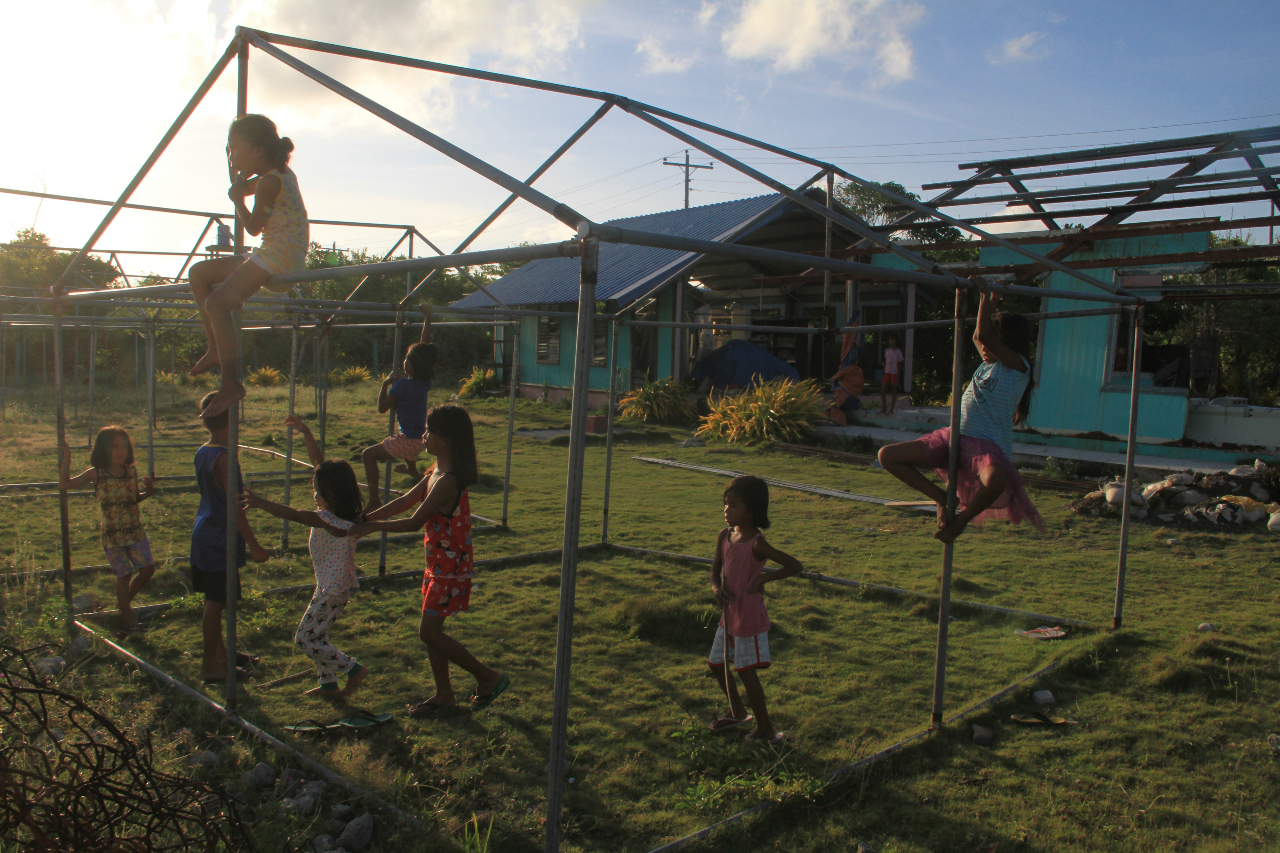
Children spend an afternoon playing while an integrated school building damaged by Typhoon Odette in 2021 still lies in tatters.
“Philippine sovereignty over Pag-asa Island is based on effective occupation and control, not EEZ,” said Prof. Jay Batongbacal, director of the UP Institute for Maritime Affairs and Law of the Sea.
He said the presidential decree that created the municipality of Kalayaan in the northern part of the Spratly Islands in 1978 was not the basis of the country’s sovereignty over Pag-asa. “It is the evidence.”
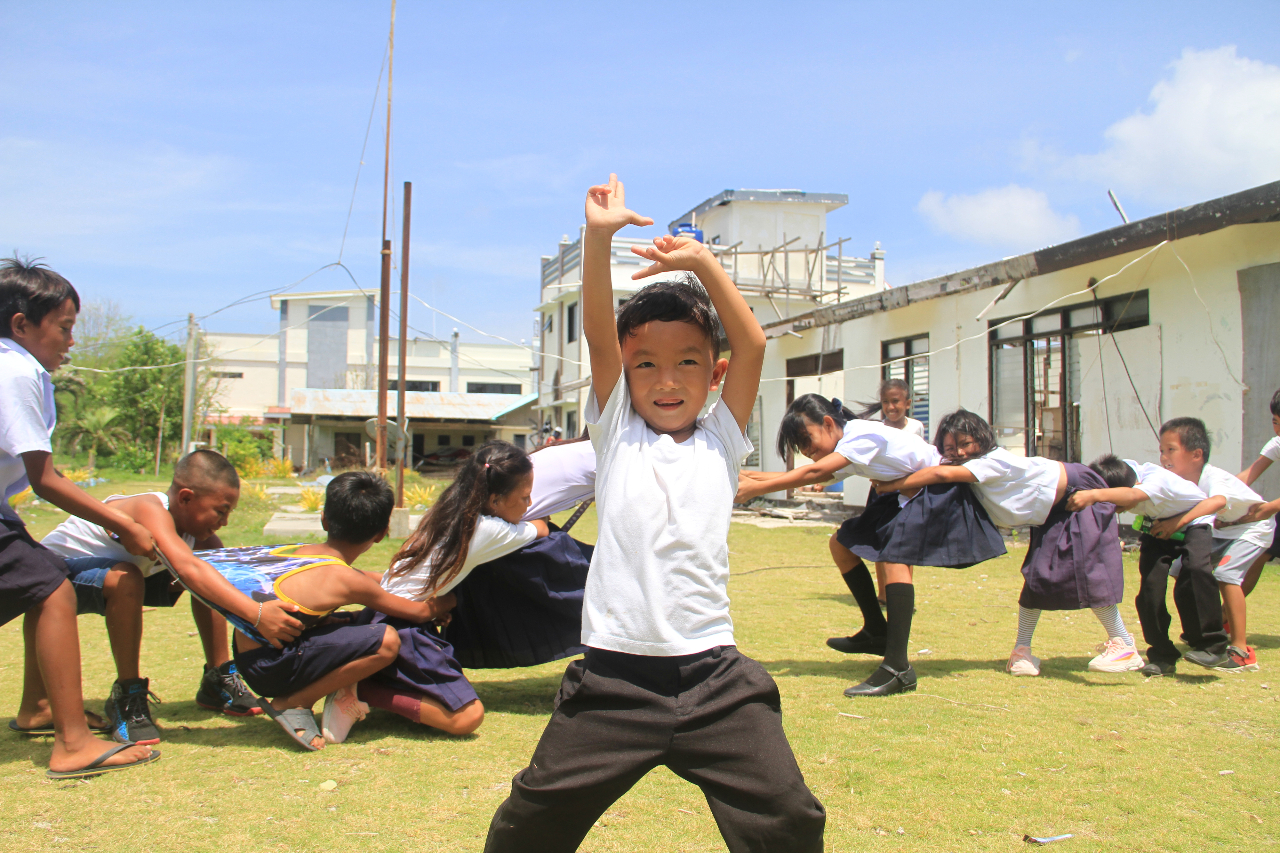
Nelson, 6, gestures as students of the Pag-asa Integrated School wait for their afternoon class.
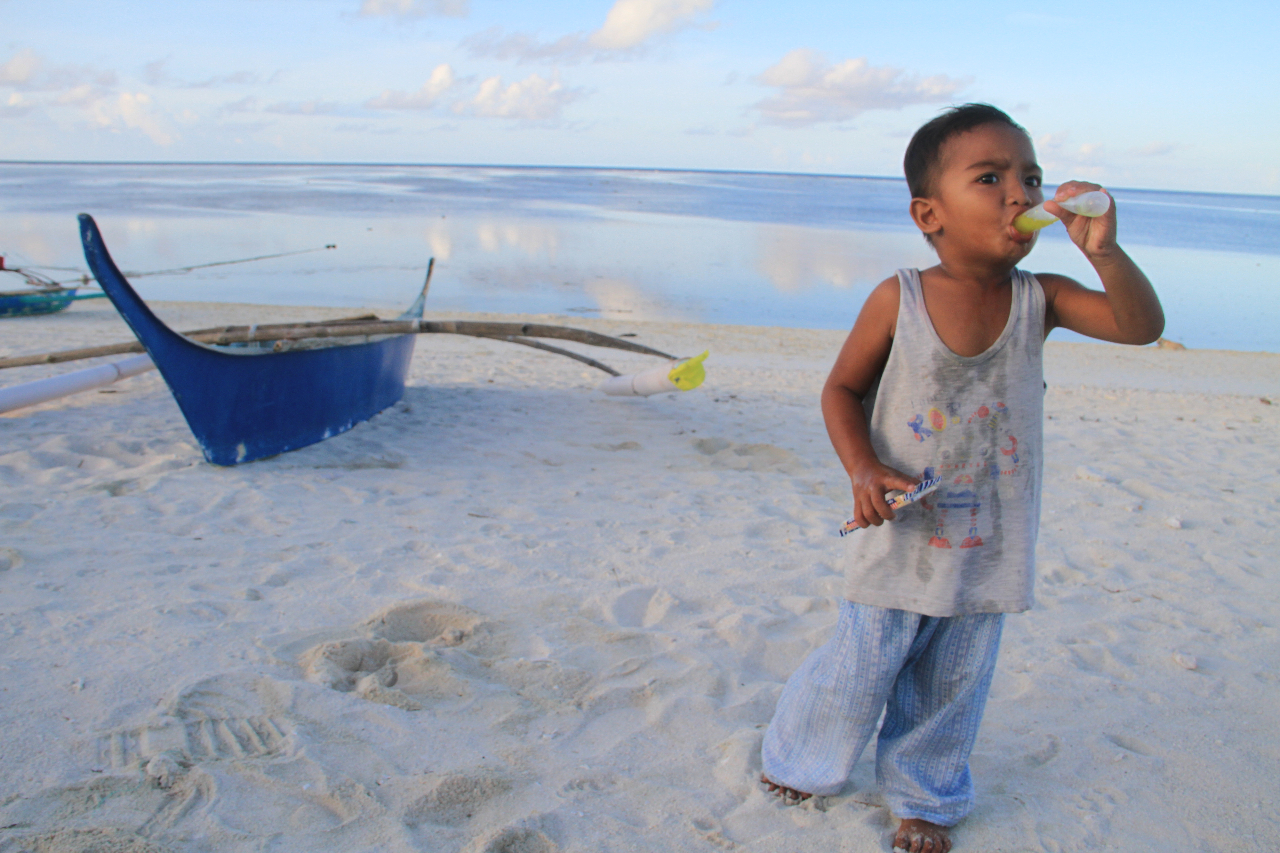
A child enjoys a cold drink on the coastlines of Pag-asa Island.
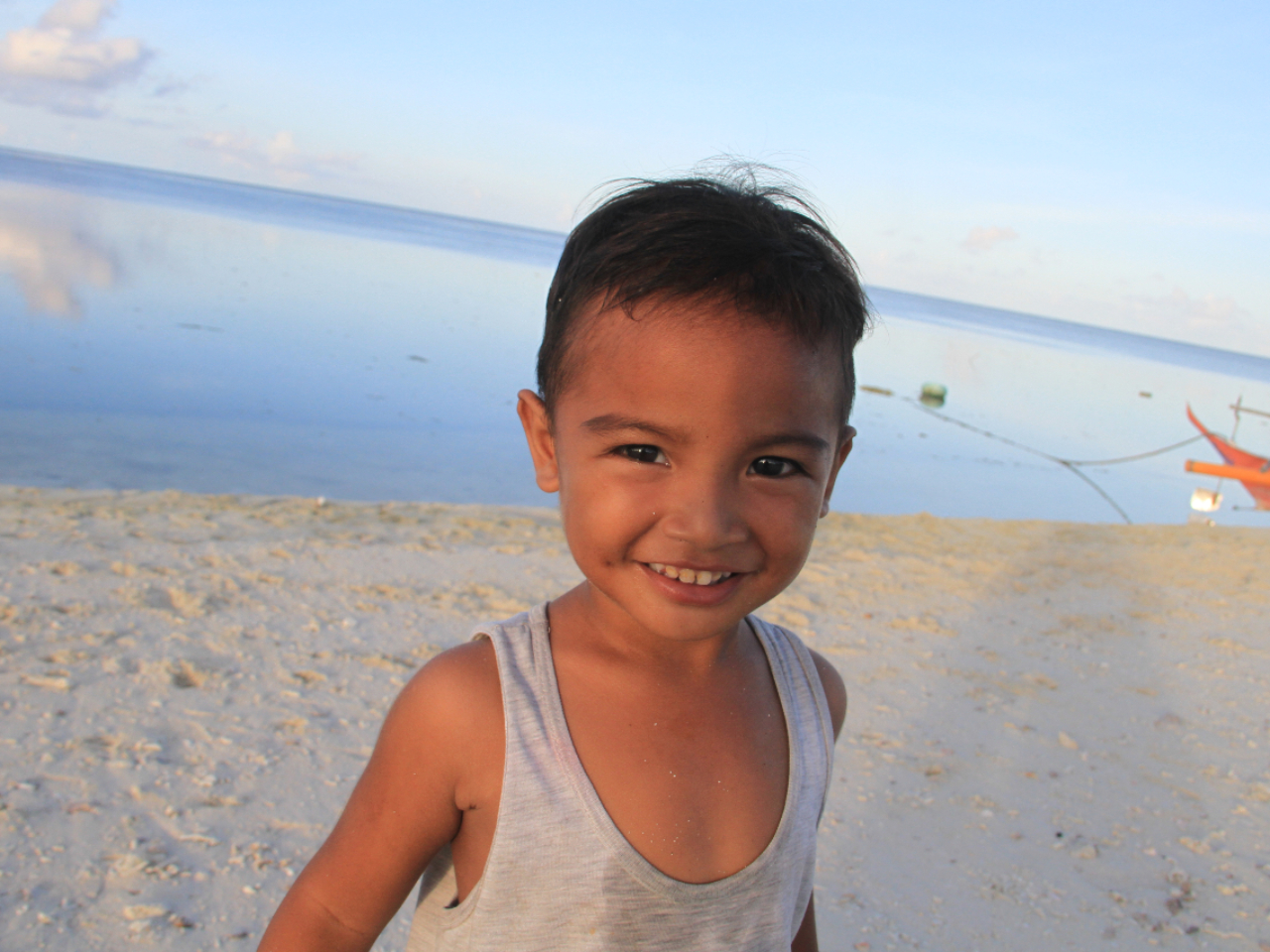
A boy flashes a smile while he enjoys a leisurely afternoon along the coastlines of Pag-asa Island.
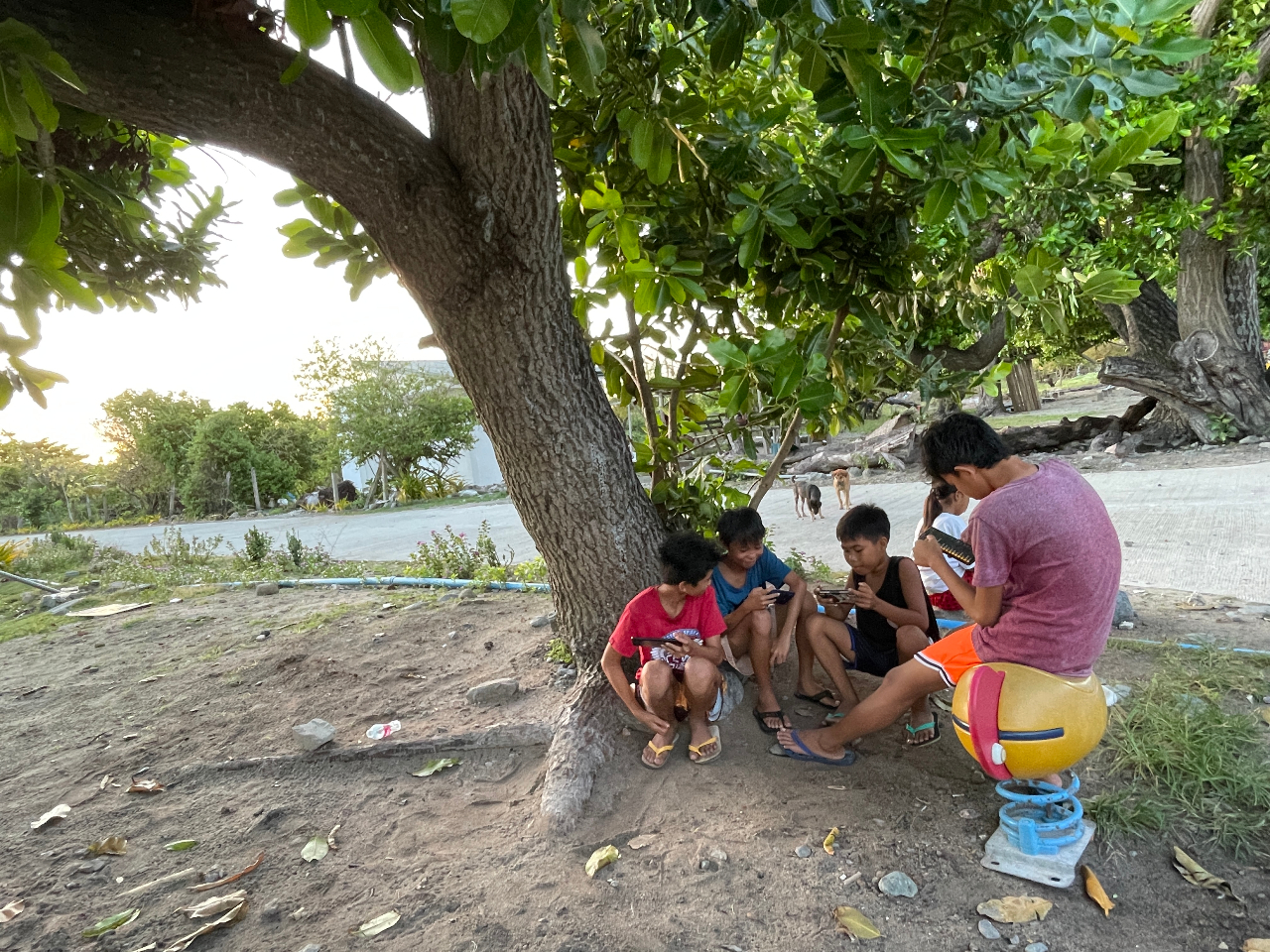
Children in Pag-asa Island hang out by a tree where free access to wifi is provided to the island by the DICT.
More than 500 kilometers away from Palawan, the children of the community that firmed up Philippine sovereignty still go to school with buildings in disrepair two years after Typhoon Odette.
There’s also a lack of health facilities with just a clinic for the sick and two midwives. Medical supplies are at the mercy of the availability of trips to the island.
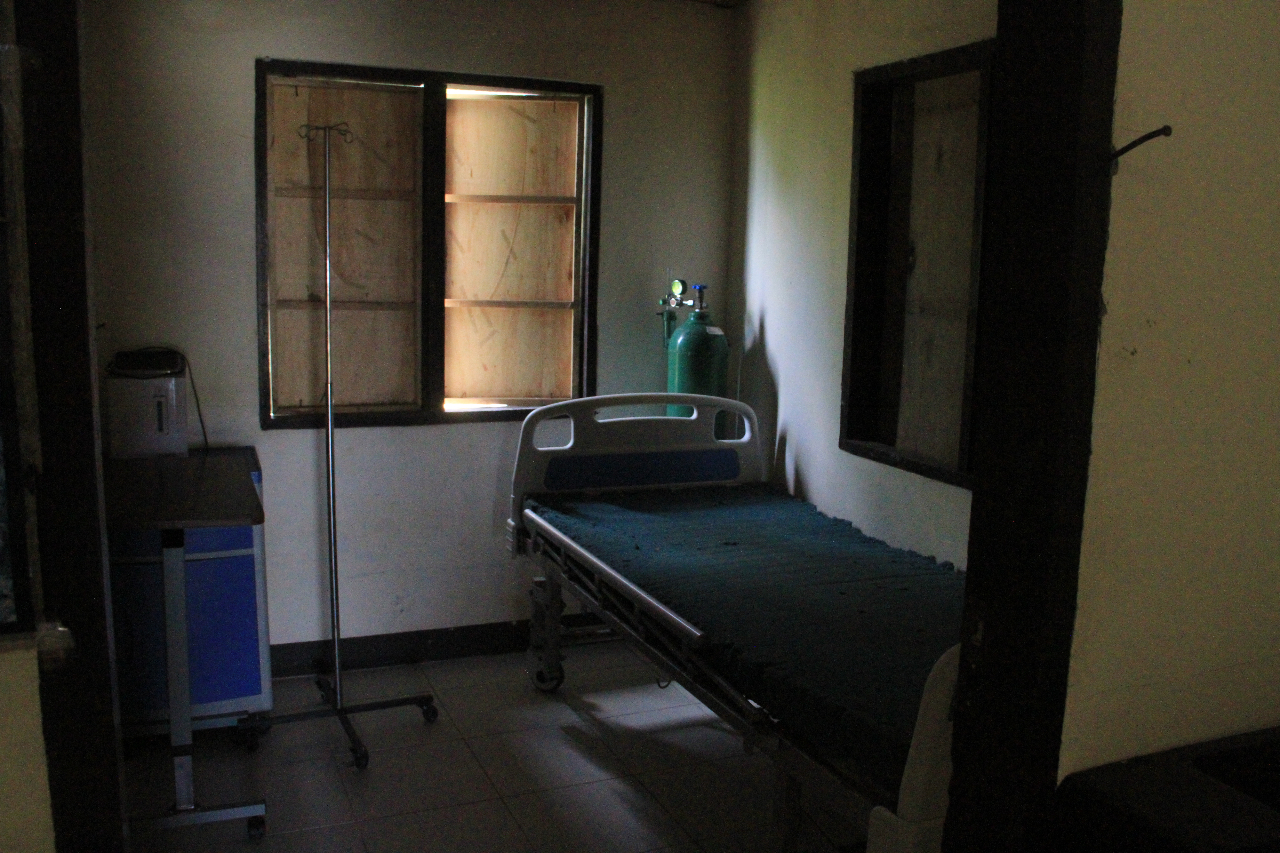
A dimly-lit confinement room and a stockroom of the Pag-asa Municipal Health Center. The municipal health center in Pag-asa Island has a room for those needing initial confinement but most cases are air evacuated to Puerto Princesa, Palawan.
However, events of the recent weeks — the use of water cannons on a Philippine resupply mission to the Ayungin Shoal and subsequent resupply missions and dangerous maneuvers by the Chinese Coast Guard — have again drawn national attention to the Spratlys and the military calling for “effective presence” in Philippine-occupied areas like Pag-asa.
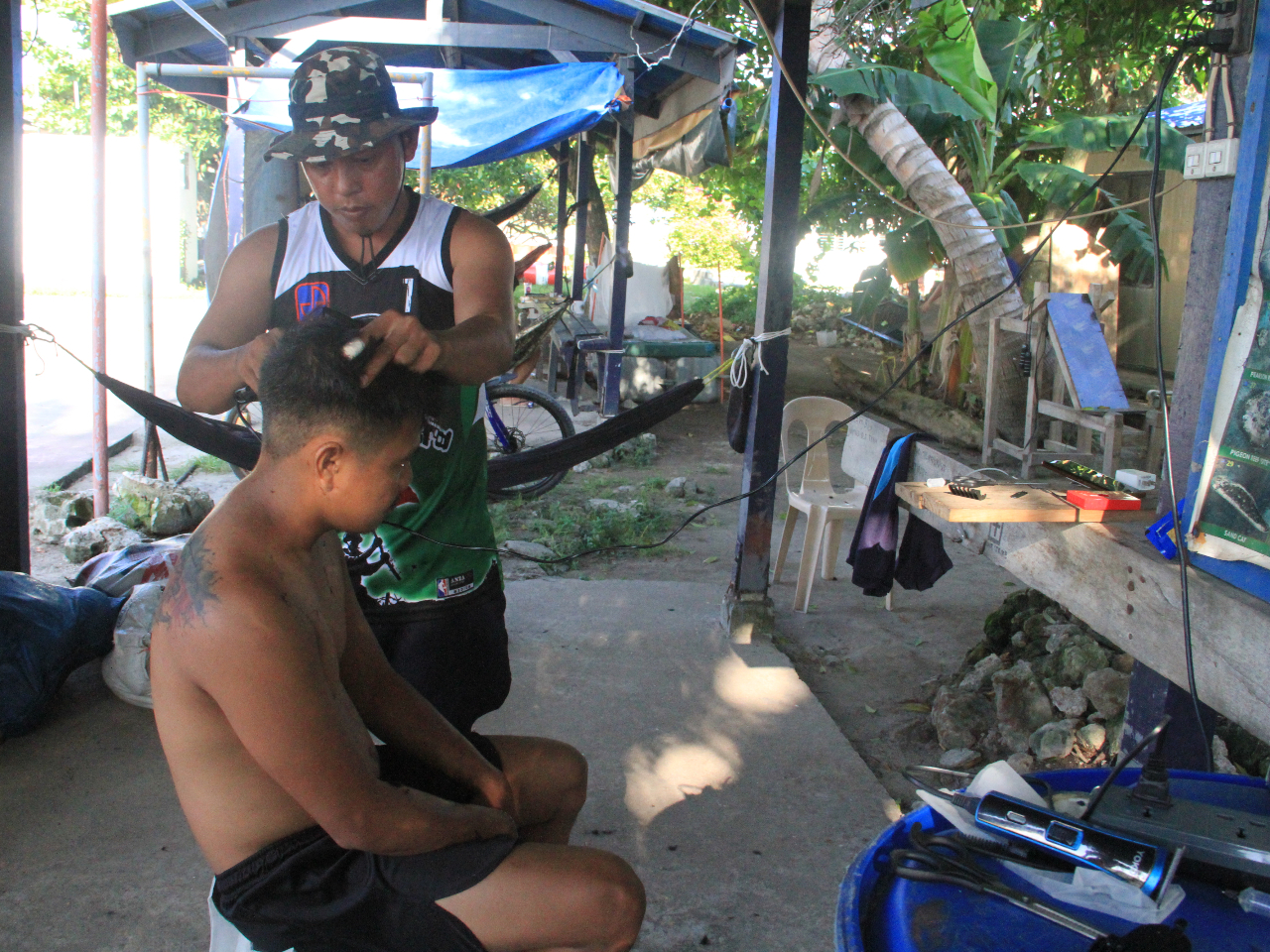
SN1 Yves Pagliawan gives SN1 Edison Sangpaga a haircut on an ordinary afternoon at the Naval Station at Pag-asa Island occupied by the Philippines.
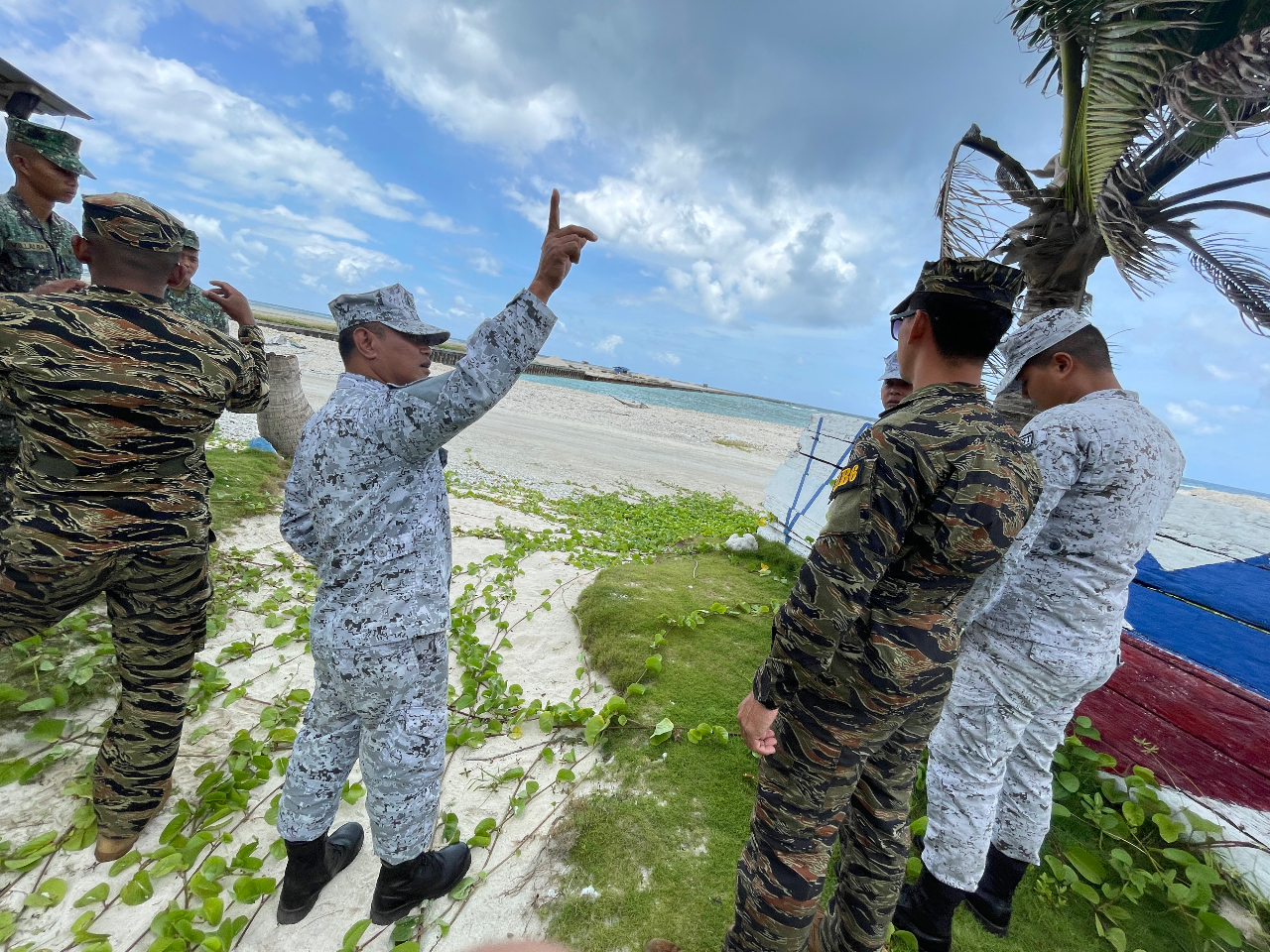
Joint Task Unit Head LCDR Romel Dionela talks to soldiers stationed at Pag-asa Island.
While Pag-asa residents make do with what the island has, Kagitingan Reef (Fiery Cross) occupied by China stands tall like a city in the middle of the sea with a nearby flotilla of Chinese militia vessels.
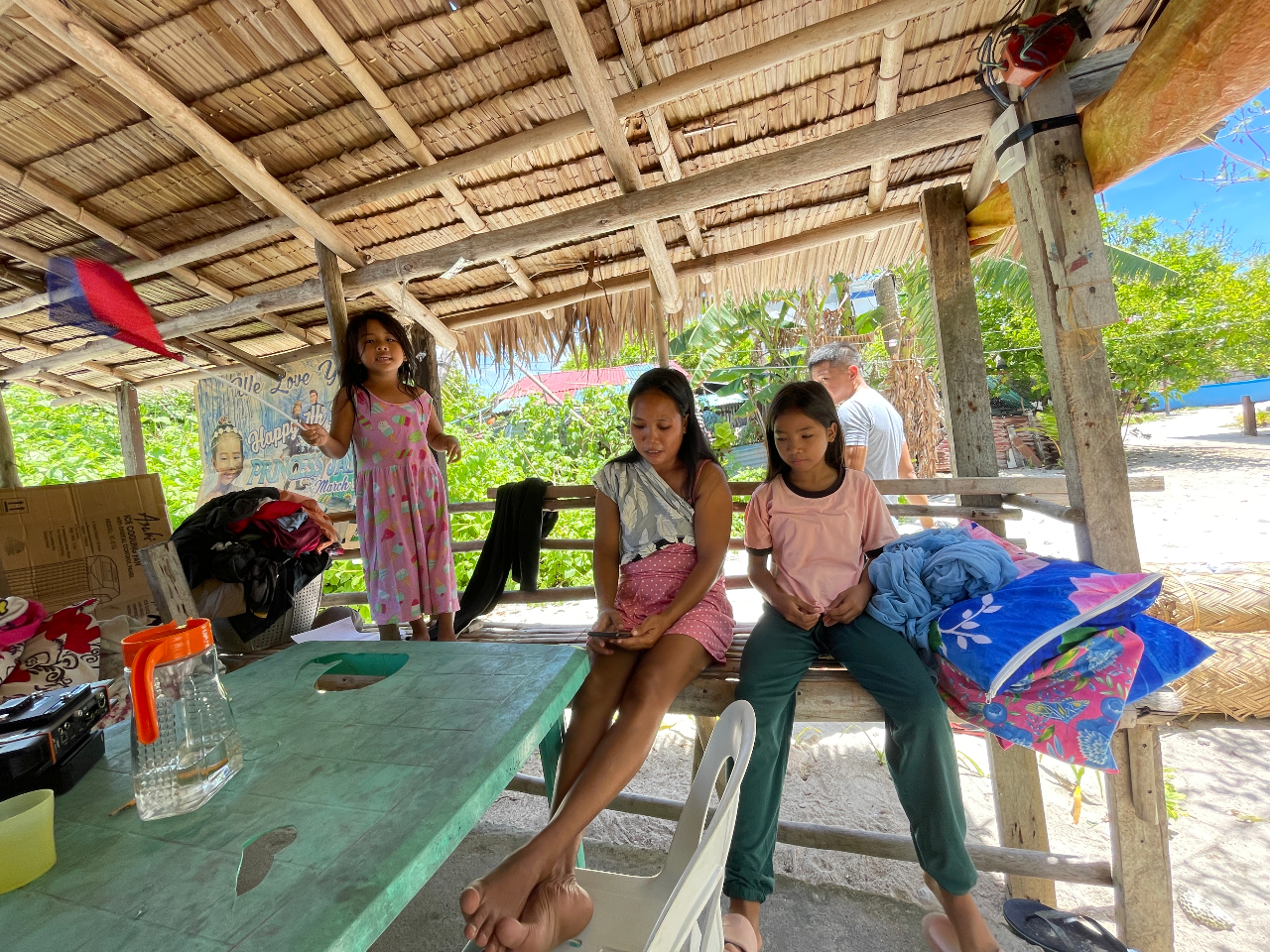
Marjanette, 4, waves a Philippine flag at a hut along the coastline of Pag-asa Island.
Even the Vietnam-controlled Mascardo Reef (Barque Canada) has trucks and ships busy in what could be a reclamation project.
“We are lagging by years,” Armed Forces chief of staff General Romeo Brawner said.
The country’s response to the needs of Pag-asa, it appears, will reinforce the Philippines' sovereignty beyond the EEZ.
In-depth special reports and features showcasing the best multimedia storytelling from GMA Integrated News.